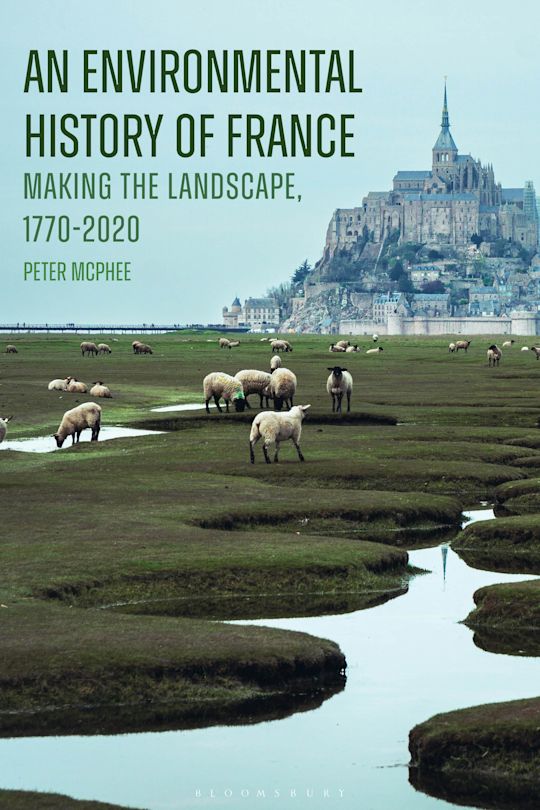Pillaiyar
– that’s Ganesh to you – is pictured
with a broken tusk: why?
The tale was added
late on
to the Mahabharata.
Vyasa, author
requiring a scribe
asked that noble child with an elephant’s head.
Only, replied the god,
if once begun we do not cease …
my pen mustn’t rise from the page.
So the poem became
difficult: Vyasa improvised
knotty passages
Pillaiyar had to pause and parse
– while he, Vyasa, also took
a breath.
When the pen broke
Vyasa, as promised, kept unrolling
that wonderfully embroidered carpet of verse ...
The elephant-god had no choice.
He snapped off his tusk,
dipped the end in ink and wrote with that.
Since then, all writing, everywhere, has this character.
It can’t decide whether to speed up or slow down. It wants you
to understand. Then it plays hide and seek. There are two people here,
even before you arrive – playing tug-of-war.
Impulse and form. Breath and language.
And since the pen is a torn-out tooth
red between the lines
you’ll taste blood












Leave a comment
If you are an ABR subscriber, you will need to sign in to post a comment.
If you have forgotten your sign in details, or if you receive an error message when trying to submit your comment, please email your comment (and the name of the article to which it relates) to ABR Comments. We will review your comment and, subject to approval, we will post it under your name.
Please note that all comments must be approved by ABR and comply with our Terms & Conditions.